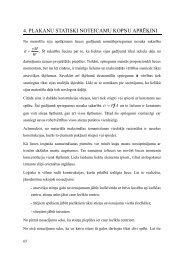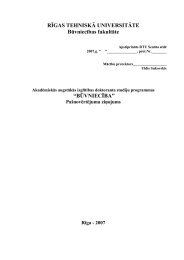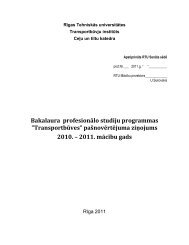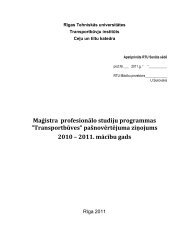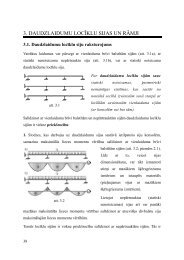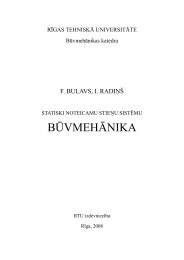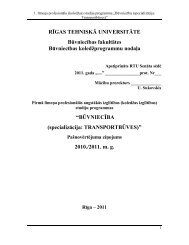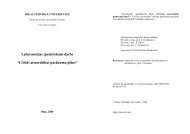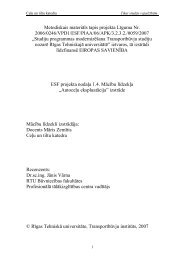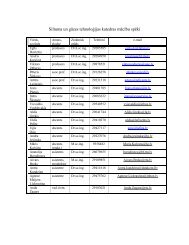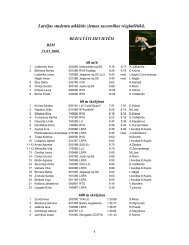âNet Shape HIP for complex shape PM parts as a cost-efficient ...
âNet Shape HIP for complex shape PM parts as a cost-efficient ...
âNet Shape HIP for complex shape PM parts as a cost-efficient ...
You also want an ePaper? Increase the reach of your titles
YUMPU automatically turns print PDFs into web optimized ePapers that Google loves.
2) Optimal <strong>HIP</strong> tooling design, which helps to eliminate distortions and to minimize the<br />
influence of stoch<strong>as</strong>tic factors.<br />
3) Experimental step through an in<strong>for</strong>mative demonstrator revealing the details of the<br />
de<strong>for</strong>mation, map which could not be predicted within the model of the process while<br />
supplying necessary additional in<strong>for</strong>mation and<br />
4) Iterative in<strong>for</strong>mation loop b<strong>as</strong>ed on the computer analysis of dimensional data files,<br />
starting with the specification of the part through modeling and capsule design to “<strong>as</strong><br />
<strong>HIP</strong>” geometry.<br />
Consistent use of these tools provides the possibility of decre<strong>as</strong>ing the development period<br />
by 4-6 months. These tools also offer <strong>efficient</strong> manufacturing of <strong>complex</strong> <strong>shape</strong>d engine<br />
<strong>parts</strong>.<br />
New solutions to these problems can be revealed in the field of advanced mathematical<br />
modeling of <strong>HIP</strong> shrinkage accounting. This is evident through the actual 2D and 3D<br />
geometry, showing boundary conditions at the powder-tooling interface, inherent anisotropy<br />
of pores evolution and very special theology of the processed media consisting partially of<br />
compressible (powder) and non-compressible (inserts) materials. These solutions far surp<strong>as</strong>s<br />
the traditional concept of a <strong>HIP</strong> capsule <strong>as</strong> just a can transferring isostatic pressure to the<br />
powder and providing its 100% density. The capsule <strong>for</strong> a <strong>complex</strong> <strong>shape</strong> part appears <strong>as</strong> a<br />
pl<strong>as</strong>tically de<strong>for</strong>med special technological shaping tool.<br />
It is also important to keep in mind that the stoch<strong>as</strong>tic characters of most technological<br />
parameters involved are of non-negligible influence on the<br />
shrinkage. Due to this influence, it is practically impossible to ensure “net <strong>shape</strong>” geometry<br />
of the entire part, inclusive of its internal surfaces. Today’s level of computer modeling and<br />
CAD open the possibilities <strong>for</strong> <strong>efficient</strong> control of the shrinkage and stable manufacturing of<br />
<strong>parts</strong> with critical “net” surfaces.<br />
Shrinkage of powder material during <strong>HIP</strong> occurs due to the following mechanisms of<br />
de<strong>for</strong>mation: pl<strong>as</strong>ticity, creep and diffusion. Strict accounting of these mechanisms is an<br />
extremely complicated t<strong>as</strong>k, and one should determine rheological characteristics of material.<br />
It h<strong>as</strong> been proven that an adequate description of shrinkage <strong>for</strong> typical <strong>HIP</strong> cycles may be<br />
done on the b<strong>as</strong>is of pl<strong>as</strong>ticity theory applied to powder materials [1,2,3].<br />
The main distortion of powder placed in steel capsules takes place on the first stage of<br />
densification, during the pl<strong>as</strong>tic de<strong>for</strong>mation of powder. Further densification goes on under<br />
constantly growing pressure. Meanwhile, the powder is at a limited (yield stress-strained)<br />
state.



